Thread embedding is a weight loss method that stimulates metabolism and controls appetite by embedding absorbable threads into acupoints. It usually does not cause serious harm to the body, but may have some minor side effects. Choosing a reputable medical institution, understanding one's own physical condition, and following doctor's advice are key to ensuring safety.
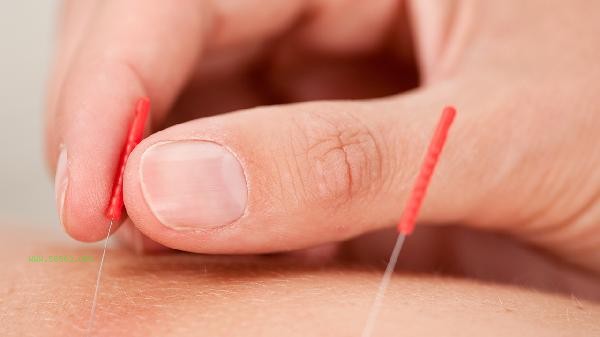
1. The principle and safety of thread embedding for weight loss
Thread embedding for weight loss combines traditional Chinese medicine acupoint stimulation and modern medical technology. By embedding absorbable thread into specific acupoints, it continuously stimulates meridians, regulates endocrine function, and promotes fat metabolism. This method belongs to minimally invasive treatment, with minimal trauma and fast recovery. Under proper operation, the safety of thread embedding for weight loss is relatively high, but attention should be paid to the operator's professionalism and hygiene conditions.
2. Possible side effects and risks
Although thread embedding for weight loss is generally safe, some mild side effects may still occur. For example, there may be redness, swelling, pain, or slight bruising at the buried site, which usually subsides on its own within a few days. A small number of people may be allergic to buried wire materials and experience local itching or rash. Improper operation may lead to infection or displacement of the body, so it is crucial to choose a qualified doctor.
3. How to reduce risks
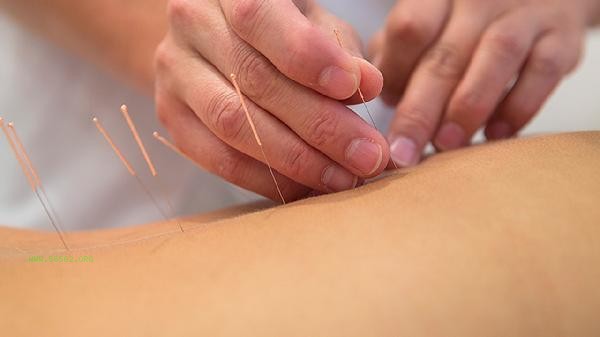
To ensure the safety of thread embedding for weight loss, the following points should be noted: first, choose a reputable medical institution to ensure a sterile operating environment; The second is to communicate fully with the doctor before surgery, understand one's own health condition, and eliminate contraindications; Thirdly, follow the doctor's advice after surgery, avoid vigorous exercise, and keep the buried area clean and dry.
4. Suitable population and contraindications for thread embedding weight loss
Thread embedding weight loss is suitable for people who hope to lose weight through non-surgical methods, especially those who are overweight but unwilling to take medication or eat regularly. However, caution should be exercised for the following groups of people: pregnant women, lactating women, individuals with serious chronic diseases, individuals with skin infections, and those with coagulation disorders. A comprehensive physical examination should be conducted before surgery to ensure that the physical condition is suitable for thread embedding treatment.
5. The effect and precautions of thread embedding for weight loss
The effect of thread embedding for weight loss varies from person to person and usually requires multiple treatments to achieve the desired effect. During the treatment period, it is necessary to cooperate with a healthy diet and moderate exercise, and avoid overeating. After embedding the thread, there may be a decrease in appetite and an increase in metabolism, but it is important to observe the body's response and seek medical attention promptly if there are any abnormalities. As a minimally invasive weight loss method, thread embedding for weight loss usually does not cause serious harm to the body under regular operation. However, it is still necessary to carefully choose medical institutions and fully understand one's own condition before surgery. Following medical advice after surgery is the key to ensuring safety. Meanwhile, thread embedding for weight loss is not a panacea, and it needs to be combined with a healthy lifestyle to achieve long-term results.
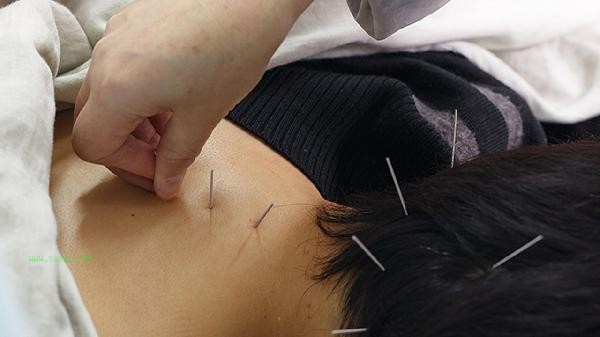

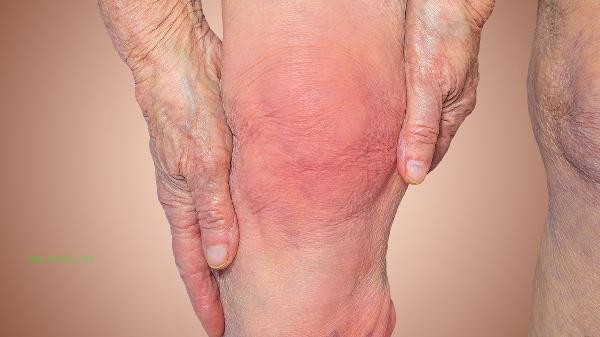
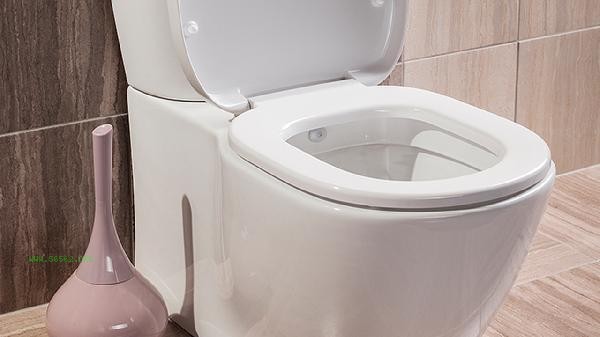
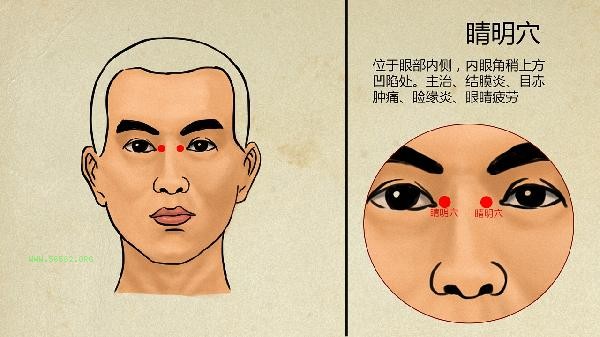

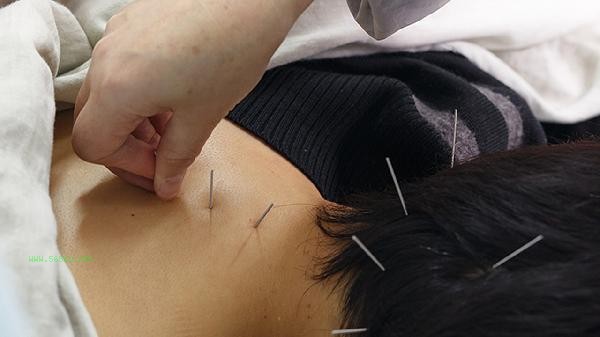


Comments (0)
Leave a Comment
No comments yet
Be the first to share your thoughts!